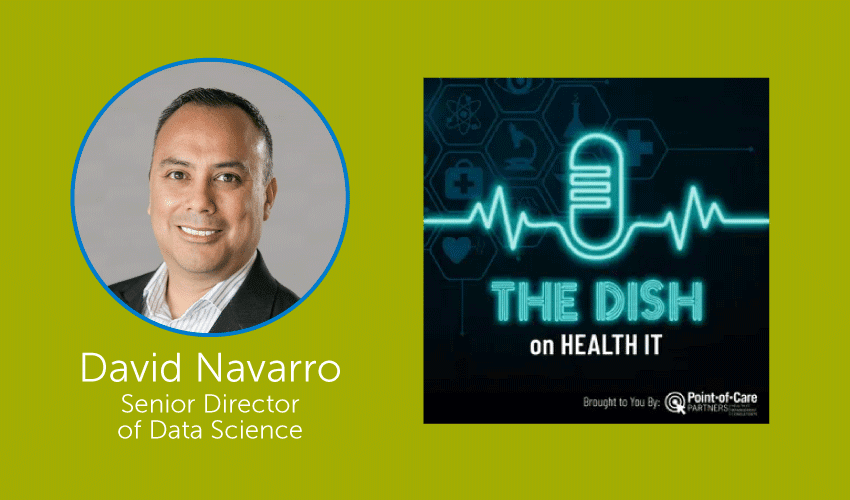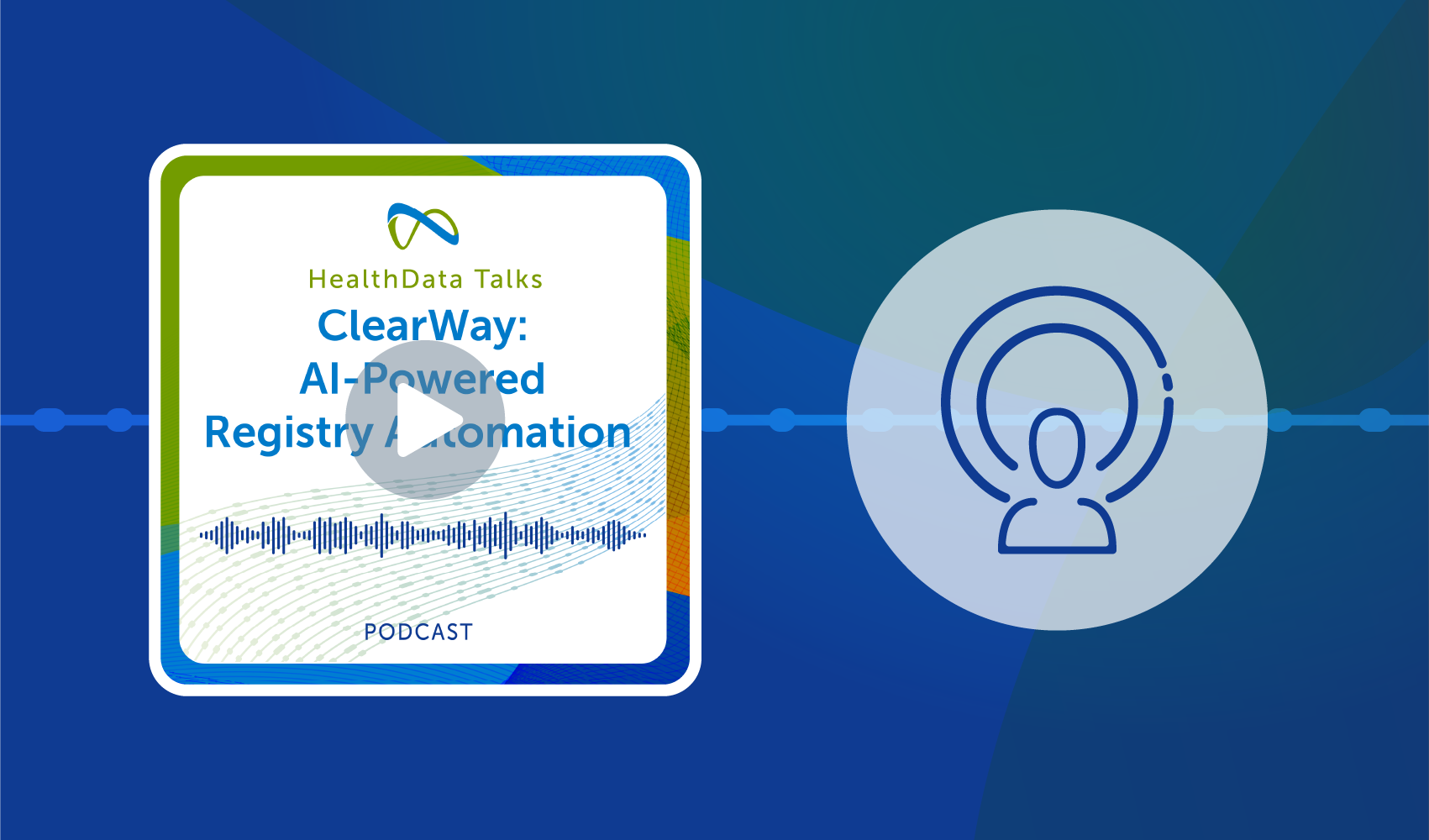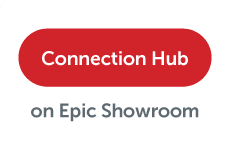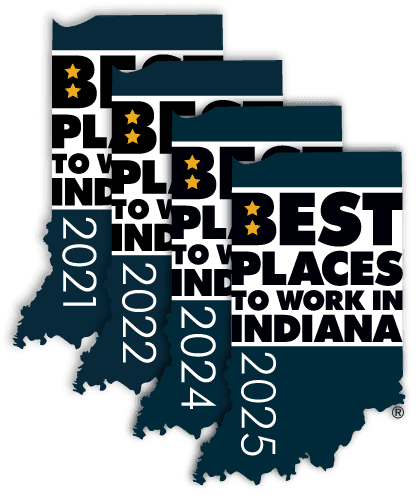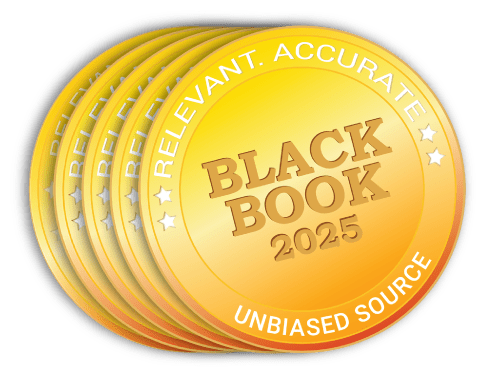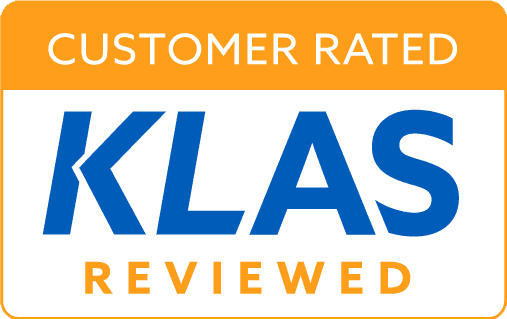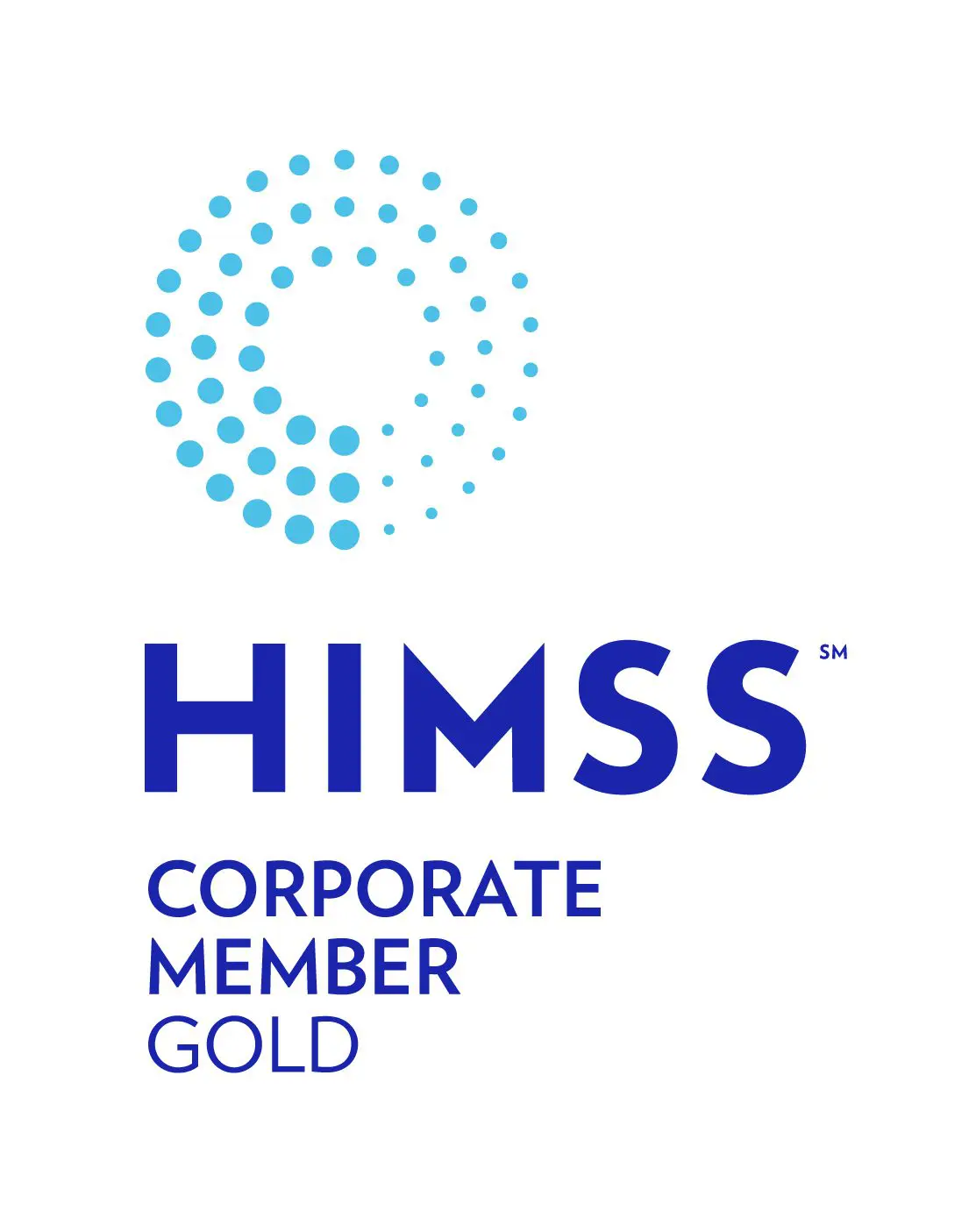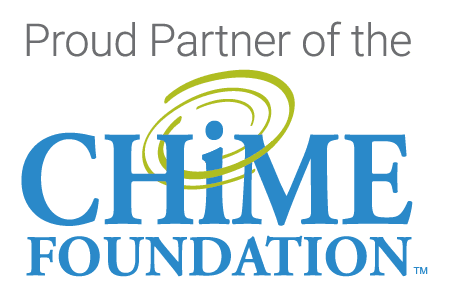HealthData Talks: HIM Benefits of Archiving
Tune into this episode of HealthData Talks where host, Shannon Larkin, and Susan Martinez, Product Specialist at Harmony Healthcare IT, discuss the benefits that a legacy data management strategy brings to the Health Information Management team.
Subscribe
You can subscribe to the HealthData Talks Podcast on Spotify, Amazon Music, Apple Podcasts and more.
Transcript
[00:00:02.490] – [00:00:50.060]
Welcome to HealthData Talks where industry experts offer bite sized tips and trends for managing legacy data. Thank you for joining us. I’m Shannon Larkin with Harmony Healthcare IT, and as most of you know, at Harmony, we are working with legacy data. So, primarily that is clinical data that’s just trapped in these out of production systems after a new electronic health record is implemented or maybe because of a merger and acquisition. So today, I’ve asked Susan Martinez, who is a Product Specialist at Harmony to join us because I really want to talk about the benefits that a legacy data management strategy brings to the Health Information Management team. So, thanks for being here today, Susan. Hi, thanks Shannon. I’m happy to join.
[00:00:54.898] – [00:01:45.709]
I just think when it comes to records management, the HIM team is really tasked with ensuring, you know, the integrity of the medical record that it’s accurately documented, you know that it’s Comprehensive Complete HIPAA compliant. You know, what else are they dealing with? Well, really they want to make sure that it’s protected. So, not only that it’s private but also that it’s secured from a potential data breach. It needs to be accessible for release when it’s requested, whether that request comes from a patient, another department in the system or an outside entity like a lawyer or payers organization. It definitely needs to remain compliant with state and federal retention requirements and really just keeping that patient safe.
[00:01:47.750] – [00:02:34.729]
For sure, safety is important. And I know that, you know a lot about this space, you know, mostly because you’ve been working at Harmony and with our clients, but you also have some experience working in a health system. Isn’t that right? Yeah. Correct. Yeah, I spent about 16 years working directly in the healthcare industry. So, I worked anywhere from inpatient to outpatient therapy and home care, transitional care planning to working, you know, directly with providers ensuring that that EMR experience was efficient and thorough yet succinct. Yeah, good. That’s, I mean, that’s a great background for doing what you do today in your product role at Harmony.
[00:02:37.129] – [00:03:54.038]
So, I know there are a lot of technical aspects to what you do, but a large part of it, especially when you were in in the role of implementing our software in that role, you were definitely listening to our clients, particularly HIM, Directors to help sort of purpose build a data platform to meet their needs, right? Oh, yeah, absolutely. So, you know, we start every archival project with thoughtful questions like you know what type of data is in this application? What are your workflows? How is the data placed? What does it look like? But most importantly, expectations, you know, this helps us in translating that legacy applications data into HealthData Archiver®. So, you know, previous workflows can be continued or better yet improved. To most archiving is a means to view historical clinical data for safe patient care or maintaining records for that legal retention period, right? But to us, archiving is deeper than that. We want you to use the application to help better your practices, whether that’s in clinical care, researching trends in your community or making work easier for your teams.
[00:03:56.500] – [00:05:16.439]
Oh, you know, I just love that you said that, that is such a good point that archiving means more to us than most people think. I talked to so many prospects on the sales side, I guess maybe more so in IT where they might come into it thinking that archiving is just like cold storage, but this is really a piece of software with workflows built in that largely is aimed at helping HIM do their job. Oh, yeah, absolutely. It’s important that we ensure the data is presented in the archive in a relevant and really easy to consume format, but will also dissect their workflows, placing more meaning into that legacy application, for example, you know, pulling sensitive information into separate areas of an archive if needed and you know, that will allow this type of data to be easily excluded from a request if not authorized. So, ensuring we build an archive that can allow granular filtering is significant and mandatory. Going back to that word safe, like restricted data access. We want to ensure that our customers can provide a record that contains the minimum amount of data that has been requested.
[00:05:18.319] – [00:06:35.809]
Good point. And with that in mind, you know, maybe you could step us through some of the features that are going to benefit that HIM team directly. So, you know, like first could you describe the typical scenario when a hospital or health system approaches Harmony with a need for a health data platform? Sure. Sure. So, rather than providing monotonous products, EMR vendors are creating solutions for different types of care. So, an organization can move from using multiple vendors for their hospitals, post-acute ancillary ambulatory services, but they can move that into one vendor. So, this really translates into efficiency and better access to current health documentation. So, you know, if getting to a record is already complex and cumbersome, then creating a refined output is really risky. I can’t spend my time and energy going into five different systems to see if my patient has a record there and still have enough cognizance to review each record and delete information that shouldn’t be in that output.
[00:06:37.588] – [00:08:36.962]
I mean that is less than ideal. So, what does an active archive product like HealthData Platform™, bring to that team then? I think, you know, just going off of what I had just said it’s a centralized records management. You know, in keeping in line with the that smart market of using one go-forward vendor. HealthData Archiver® is a one vendor application that stores all historical data with viewing and function permission restrictions. And you know, when I refer to archiving data into one application, I’m referring to any type of historic static data that the organization needs to store. So yes, patient-centric but also human resources, financial materials management, you know, blood bank labs, DICOM imaging, anything. That’s a great point. I’m sorry to interrupt you, but I do think also that when we think of archiving, we think of it to be clinical only. So, I’m really glad that you mentioned some of those record types that are outside of what the HIM team manages because that’s also important. So sorry, I didn’t mean to interrupt. No, no, that’s great. No, we’re seeing more and more of financial archival materials management. We’re seeing a lot of that lately too. So, it really is they’re moving up on the clinical archiving. I think it’s safe to say that moving to a new system, it’s overwhelming. But imagine adding the necessity of accessing many legacy applications, not knowing if records exist to produce a complete record request. It can get messy. With HealthData Archiver®, you can do a simple search, sort ,and filtered to see all historic records that exist for patients.
[00:08:36.964] – [00:10:14.178]
And I’m sure that’s exactly what any HIM team wants, right? I mean, just centralized organized data. Yeah, absolutely. You know, thoughtful intent with data placement, meaningful construction for that granular output data management. Those are all really what we’re thinking when we are building an archive for a customer. So, you know that thoughtful intent, we put a lot of thought into the data that’s archived. If data duplication is eliminated, the records are less cumbersome, making them much easier to navigate and gather information as well as providing, you know, a better output. Going back to our discussion of questions to create a better archive. We use this information to create print templates and date range printing configuration, you know, better filters of record structure and that results in granular record output with minimal effort. So, again, that thoughtful work upfront with asking all of those detailed questions, that really is to provide that ease and consistency in the future when you’re using HealthData Archiver®. But also data management, you know, once your data is archived, again, we use our experience and the information that we’ve already gathered to create and provide valuable features to then manage that information with intent and accuracy.
[00:10:16.399] – [00:11:04.570]
What are some of those features? Oh sure. Print templates, you know, they allow you to create consistent predefined record outputs. Another significant feature is our correction management. So, this allows you to keep those records completely HIPAA compliant with our correction management features, you know, such as marking data in error, adding an addendum to a record and so forth. But then also purging manage your liabilities rather than them managing you. You know, you can purge that information that you’re no longer required to have, but still at the same time, provide traceability.
[00:11:08.048] – [00:14:20.849]
So, Susan, do a lot of clients use that purging function or how does that work? Because I would imagine that you know, some of them have strict policies not to purge, so I’m just kind of curious if it, if it weighs more toward purging or not to purge or not to purge? Right. Yeah. So, we have, we have a few customers that have really jumped in and said, yes, we’re going to do exactly that we don’t want these liabilities to affect our, our organization. So we’re, definitely going to purge. And, you know, another area that, that this purging conversation really comes into play is at the beginning when we’re scoping out a project, you know, your team will come to us with an application that needs to be archived and it could be an application that was live in 1995. So, that’s a big question upfront. We only have to hold this data until such a period of time. Do we want to archive all of this data that goes back to 1995? Or are we just gonna go back a certain period of time? And honestly, our response is always, let’s take all of the data, we know that it will be consistent. We won’t have to filter anything out. But once we place all of that data into an archive, use our purging routines, we have automated routines that we can set up for you. You’ll set the criteria. But then what happens is that’s where that traceability comes into place. You have a certificate of destruction that says yes, there was a visit or an encounter at this period of time, but it fell within your criteria to purge and then you know that that application is going be really truly accurate, comprehensive and, and paint the the correct picture of that patient.
[00:13:08.570] – [00:14:20.849]
That’s important. And then you also mentioned correction management. Is there an example of when you might attend a record in an archive? Just a quick example of that. Absolutely. When we archive data, we will archive the data exactly as it was while the application was live. But we all know corrections errors happen. So, you know, if you’re going through a patient’s record, historic record in HealthData Archiver® and you see a medication on the list that just doesn’t fly, it’s not really an accurate medication. It was really documented in error. Well, you can use our error correction. We have both visual meaning if I mark data in error, you’ll have a visual that tells you this data isn’t correct. But then you can also use that addendum feature to close the loop and document why that medication was marked in error, and you can use a specific reason to really manage that chart and record.
[00:14:23.019] – [00:15:08.564]
That’s great. And then the last question I have just around features and functions. I know that in an electronic health record, you’ve got to break the glass feature and that is something that is available in an archive. Oh, correct. Yes. So, we have a few different layers of break the glass. But yes, we can definitely you know, working with the identifiers in the in the database, we can set up a break the glass feature for patient management within the archive. That’s good. So, a lot of rich features here for the HIM team and I really appreciate you stopping by to talk about that a little bit today. I think it’s been very helpful.
[00:15:08.570] – [00:15:42.710]
So, thank you for all the information shared today and we’ll have to have you back so that we can tackle another user persona on HealthData Archiver®. Well, thank you very much. I will be happy to join whenever you want me. All right, Susan and to our listeners, thank you for joining us. Be sure to tune in next time for another discussion about health data management. That’s it for this session of HealthData Talks. Check out helpful resources at HarmonyHIT.com and follow us in your favorite podcast app to catch.
Speakers
Host:
Shannon Larkin, VP of Marketing and Business Development, utilizes her 25+ years of health IT experience to connect healthcare organizations with a team of experts that consolidate and modernize data storage to reduce cost and risk.
Guest:
Susan Martinez, Product Specialist at Harmony Healthcare IT, brings a unique work history from both design and almost 20 years of healthcare experience to the team. Blending her design background with healthcare experience, she focuses on understanding workflows and data content to assist our Product team create relevant, intuitive, and comprehensive products and features.
Ready to connect?
Contact us today to learn more about our healthcare data management solutions.


